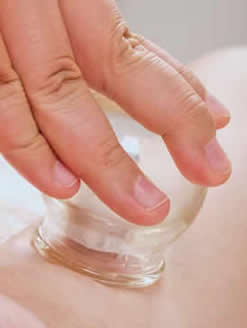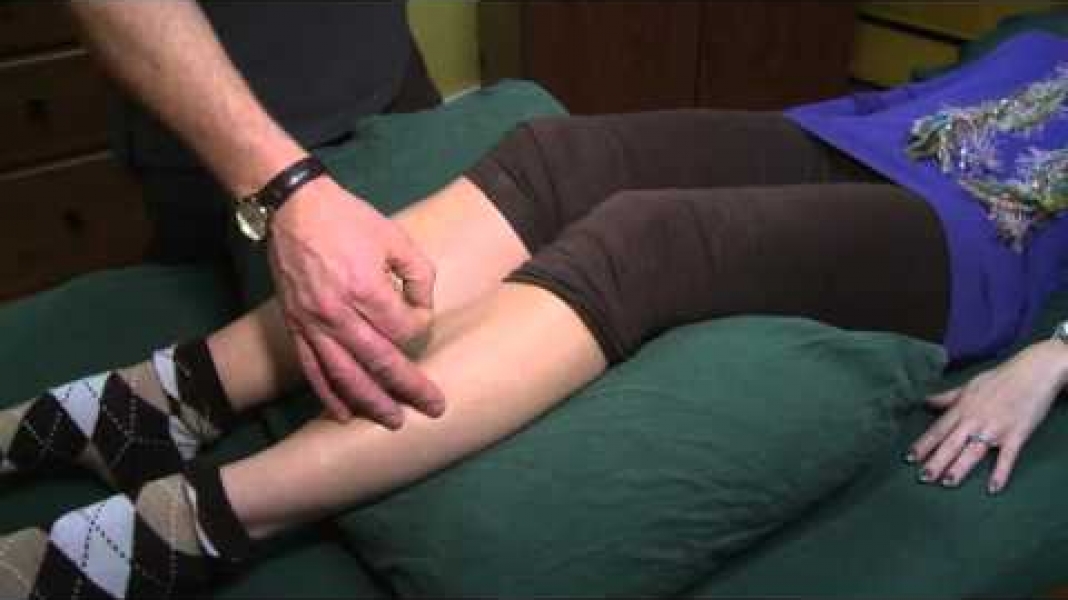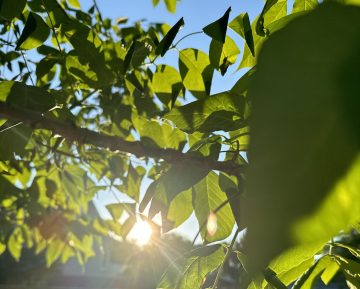
In my practice, I see many patients who experience considerable improvements in neck or back dysfunction when I combine Chinese bodywork techniques, such as sliding cupping and gua sha, together with acupuncture in the same session. These bodywork techniques initiate physiological healing changes that massage does not. I warn my patients that they may have some awful looking red marks after treatment, especially the first time (the the gua sha video). It is really interesting the red marks that may appear with gua sha or sliding cupping do not show up on a healthy tissues. The rash (or “sha” in Chinese) goes away in 3-7 days, and does not feel like a bruise. Instead, it feels very warm and active for a few days.
Typically after treatment, range of motion is greater and stiffness or tightness has diminished. The rash effects are diminished or absent during subsequent treatments, a change usually accompanied by very significant reductions in neck/back pain and tightness. In Traditional Chinese Medicine, it is said that a tight and painful back is caused by invading “pathogenic factors” of cold, damp, heat, or wind, which in turn cause “Qi” stagnation or blood stasis. Cupping and gua sha were said to release the stagnation and bring pathogenic factors and toxins to the skin surface where they could be released, and in turn to restore the natural flow of Qi and Blood. Scientific research on these eastern techniques is very limited, so there is no contemporary consensus or explanation of how cupping or gua sha work. I try to explain here what is happening in context to the synthesis of my 3 decades of work in science and research in several fields with what I see in the clinic.
The practitioner briefly inserts a flame in the cup, and after the flame is removed, the cup is applied to the back, shoulder, or neck, where the air in the cup cools and creates a vacuum to pull up the tissues beneath. The cup is then moved around the affected area, and may be placed over tight areas for longer periods. The amazing sensation of cupping is like having your skin and subdermal connective tissues pulled up gently. It is not painful, but rather a pleasant sensation. It is more difficult to move the cup over tight areas. I realized how cupping works when I was at an international conference in Baltimore a couple of years ago, where an ultrasound video was shown of lower back tissues. A side angle view into the many layered sinews of a healthy back showed how these amazingly little rivers of tissues slide on on the other when the back was arched back and forth. This was for a healthy back remember. Then they showed the same angle of someone with chronic lower back pain, and all the little rivers of sinew were stuck together and moved as one bulky group. It occurred to me that this is the product of any chronic inflammation — fibrosis, or adhesions as the body’s attempt to splint tissues that are not healing as a “Plan B” effort if the problem is not resolved. I realized this is the reason cupping is so great for stiff neck, shoulders, and back is because it can lift and separate the stuck tissues to help rehabilitate someone, especially if they are active and are able to keep the little layers separate between treatments.
The practitioner just uses the edge of a simple Chinese soup spoon to gently and repeatedly rub the tight neck area. I think gua sha is creating controlled damage of fragile tissue — gua sha does not do this with healthy tissue. Muscles and sinews that are chronically over-tight due to injury or compensating for some other problem have poor circulation and have increased metabolic needs. This results in malnourished and degenerate tissue that is not able to adequately be nourished or clear wastes. By breaking some of the tissue in a controlled way, I think gua sha serves to put a red flag signal up for the body to come in a replace the tissue quickly and to restore blood supply and function. Before this, the tissues are just holding and getting by. We know when cells are broken open, they send strong inflammatory signals to the body to increase blood supply and to permit the entry of healing fluids and immune cells to do a clean-up and repair job. There is a definite art to this technique, since too much is counter-productive, too little doesn’t get a good effect.
Acupuncture serves to decrease the pain and tension in order to break the vicious negative cycle. We address other issues with acupuncture such as stress-related muscle tension, body posture and dynamics, and optimizing whole body function to support healthy tissues. These other issues can often be at the root of what created the muscle stiffness in the first place. I have been making some amazing progress with patients with long-term stiffness in the neck and back, and I attribute it to implementing the bodywork techniques with acupuncture. I hope this will help you better understand these “fringe” techniques, and to consider them as part of your next treatment if you have stiffness or tightness, or limited range of motion.




